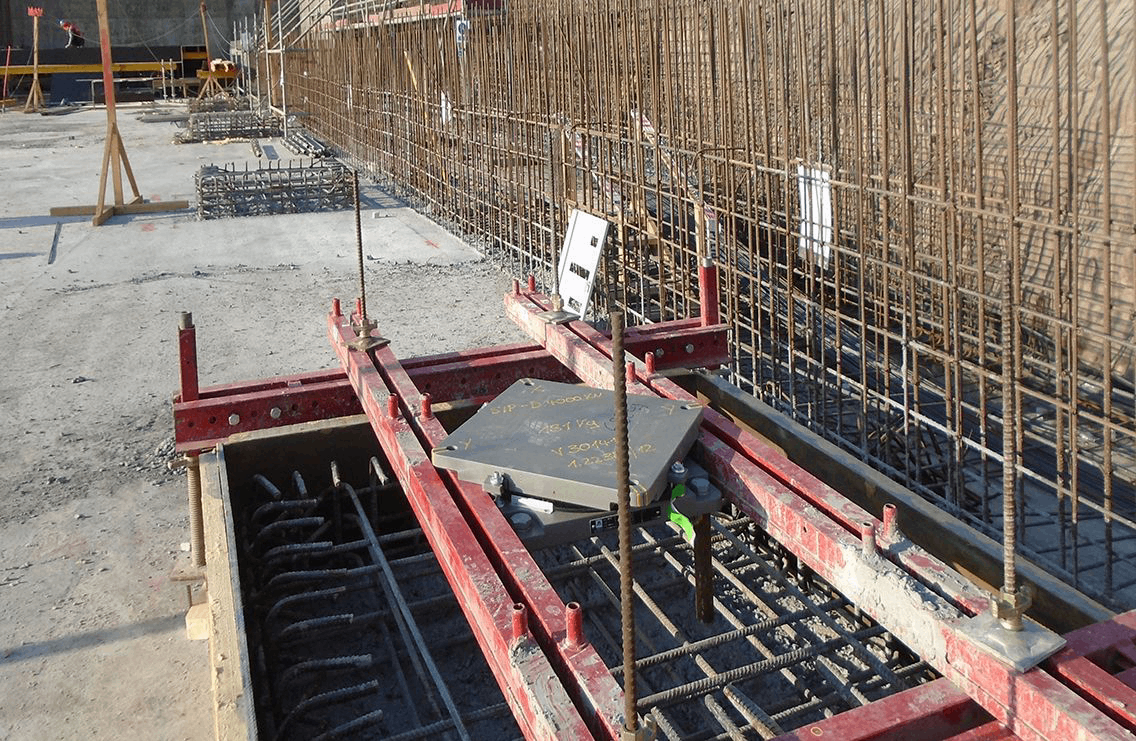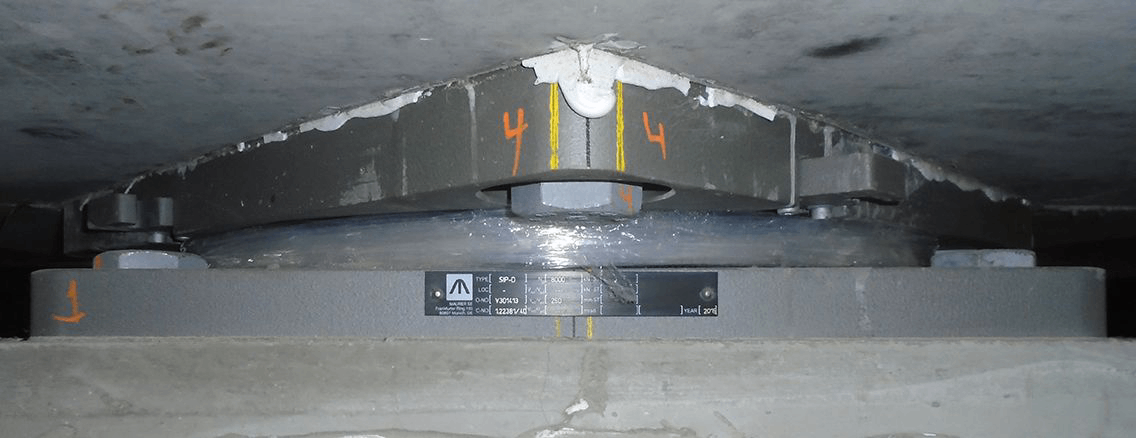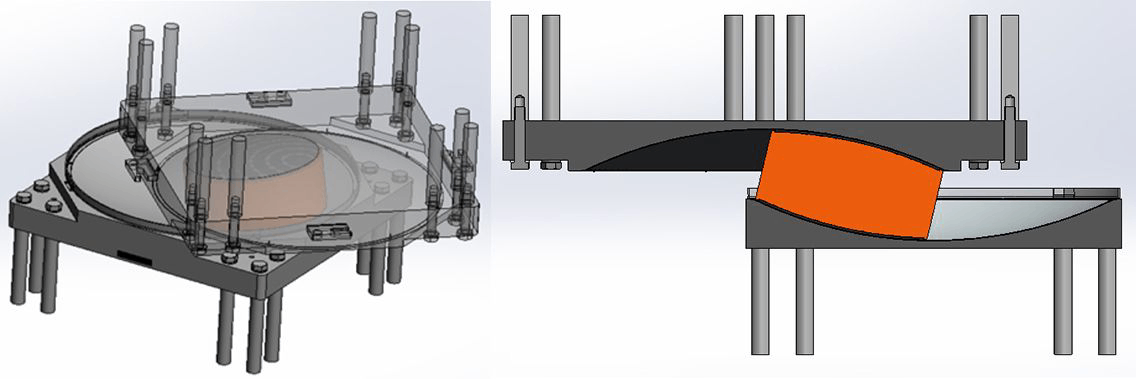One of the projects where MAURER's seismic protection systems were implemented is the Alto Hospicio hospital in Chile.
For seismic isolation, SIP-D (Sliding Isolation Pendulum – Double) bearings were used. The total area of the hospital is 50,000 m², it consists of three separate buildings and has three floors.
The key tasks of the bearings used in the project:
Ensuring the safety of people inside.
Protection of the structure from earthquakes.
Ensuring the continuous operation of the hospital during an earthquake.
Providing cost-effectiveness compared to conventional construction engineering.
The SIP-D bearings used in the project were supplied in three different sizes. The largest ones have the following parameters: 650x650 mm, height 150 mm, and weight 400 kg. A total of 212 bearings of three different sizes were used. These bearings perform 4 key functions:
Isolating the structure from the foundation and ensuring horizontal displacement (±250 mm).
Along with ensuring horizontal displacement, limiting excessive sharp movements due to internal friction.
Return of the structure to its initial position after an earthquake.
Bearing vertical loads of up to 8,000 kN.
For seismic isolation, SIP-D (Sliding Isolation Pendulum – Double) bearings were used. The total area of the hospital is 50,000 m², it consists of three separate buildings and has three floors.
The key tasks of the bearings used in the project:
Ensuring the safety of people inside.
Protection of the structure from earthquakes.
Ensuring the continuous operation of the hospital during an earthquake.
Providing cost-effectiveness compared to conventional construction engineering.
The SIP-D bearings used in the project were supplied in three different sizes. The largest ones have the following parameters: 650x650 mm, height 150 mm, and weight 400 kg. A total of 212 bearings of three different sizes were used. These bearings perform 4 key functions:
Isolating the structure from the foundation and ensuring horizontal displacement (±250 mm).
Along with ensuring horizontal displacement, limiting excessive sharp movements due to internal friction.
Return of the structure to its initial position after an earthquake.
Bearing vertical loads of up to 8,000 kN.




